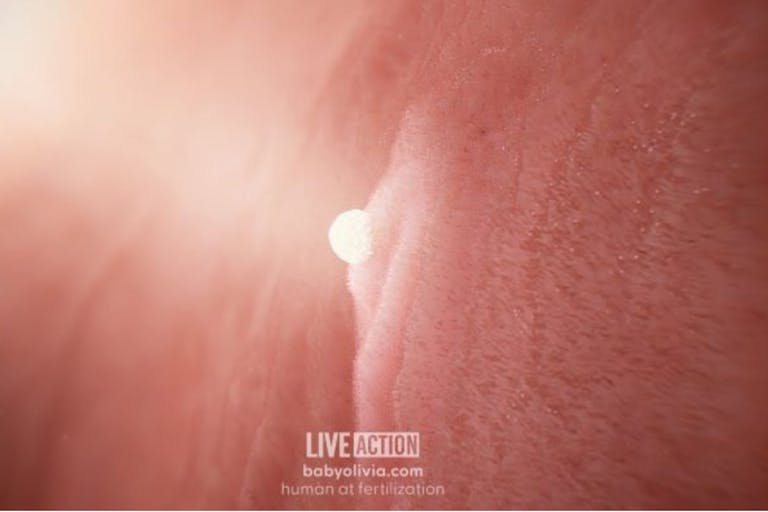
'Surplus' IVF embryos implanted into fake uteruses
Nancy Flanders
·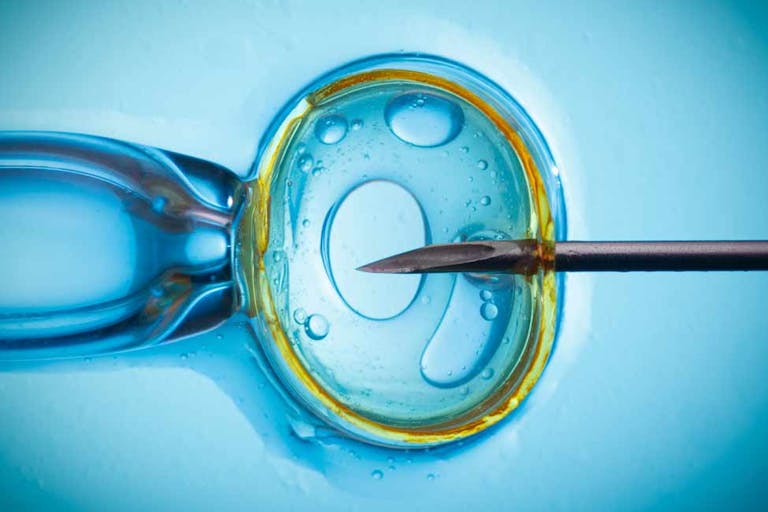
Chimeras become a reality in disturbing new human-animal hybrid research
Recently, scientists have made breakthroughs in the creation of human-animal hybrids known as chimeras, (ky-MEER’-ehz), or a mix of human cells with an animal host. Nature.com explained, “To create chimeras, scientists generally inject pluripotent stem cells — which can become any type of organ — from one species into the early embryo of a second species.”
According to Science Alert, the term comes from “a legend in Greek mythology, describing a monster which was often depicted as a lion with a goat’s head sticking from the side of its neck, and a snake for a tail.” A 2011 report from UK’s Academy of Medical Sciences notes that “human cells used to create chimeras can be taken with appropriate consent directly from early embryos (e.g. surplus from IVF treatments), aborted fetuses, or a live-born person (e.g. human liver cells, or a cancer biopsy) or from cultured human cell lines.”
Recently, Live Action News reported on how the FDA is contracting with Advanced Bioscience Resources to obtain fetal parts for experiments involving “humanized mice”. The contract states, “ABR is the only company that can provide the human fetal tissue needed to continue the ongoing research being led by the FDA. Fresh human tissues are required for implantation into severely immune-compromised mice to create chimeric animals that have a human immune system.”
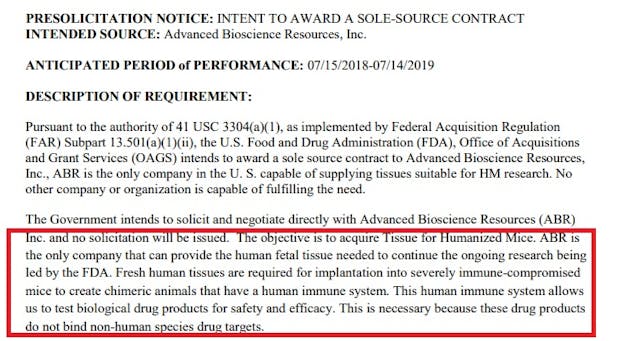

Live Action News consistently reports on the ethics of using aborted fetal parts for ghoulish experiments:
Videos from the Center for Medical Progress showed Planned Parenthood staffers haggling over the price of aborted baby body parts.
In the 1970s, aborted babies were being used for medical research funded by taxpayers at the EPA.
Experiments on aborted children date back to the 1930’s, including a number of experiments on living abortion survivors.
The National Research Act established the National Commission for the Protection of Human Subjects of Biomedical and Behavioral Research, was chaired by Kenneth John Ryan, MD, who taught abortions.
Taxpayers have funded millions of dollars for human fetal tissue experiments for years through the National Institutes of Health (NIH), estimated to spend $103 million in FY2018 and $95 million in FY2019. It is unclear which of those studies include more ethical sources of tissue other than tissue from aborted fetuses.
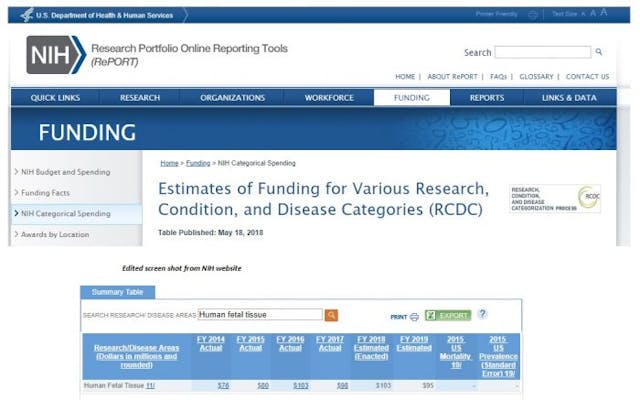
In 2016, NIH announced plans to rescind their moratorium forbidding federal funding of human/animal chimera embryo research. Alan Moy, M.D., CEO of Cellular Engineering Technologies and scientific director of the John Paul II Medical Research Institute, opposes the mixing of species.
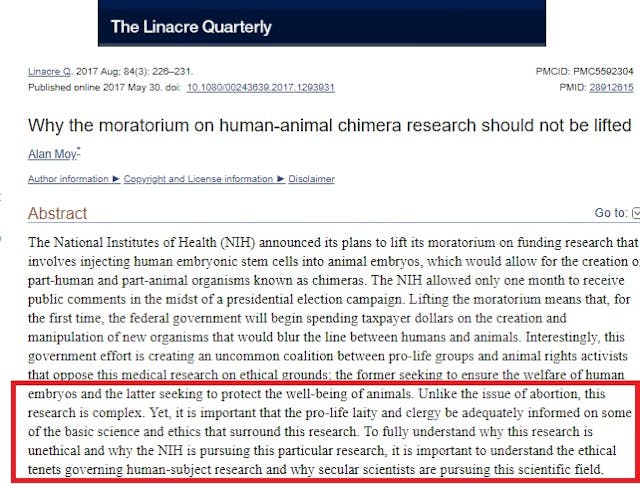
And, although it is unclear whether the controversial research uses human adult or embryonic tissue or cell lines, the United States Conference of Catholic Bishops objected to the “problem of exploiting human embryos as cell factories for research”.
A NPR report also expressed ethical concerns. “One issue is that scientists might inadvertently create animals that have partly human brains, endowing them with some semblance of human consciousness or human thinking abilities,” the report read. “Another is that they could develop into animals with human sperm and eggs and breed, producing human embryos or fetuses inside animals or hybrid creatures.”
George Daley, Director of Stem Cell Transplantation at Samuel E. Lux Children’s Hospital Boston, who presented at a 2015 NIH workshop on “animals containing human cells,” argued that, “Humanized mice have been essential for cancer research.”
Article continues below
Dear Reader,
In 2026, Live Action is heading straight where the battle is fiercest: college campuses.
We have a bold initiative to establish 100 Live Action campus chapters within the next year, and your partnership will make it a success!
Your support today will help train and equip young leaders, bring Live Action’s educational content into academic environments, host on-campus events and debates, and empower students to challenge the pro-abortion status quo with truth and compassion.
Invest in pro-life grassroots outreach and cultural formation with your TRIPLED year-end gift!
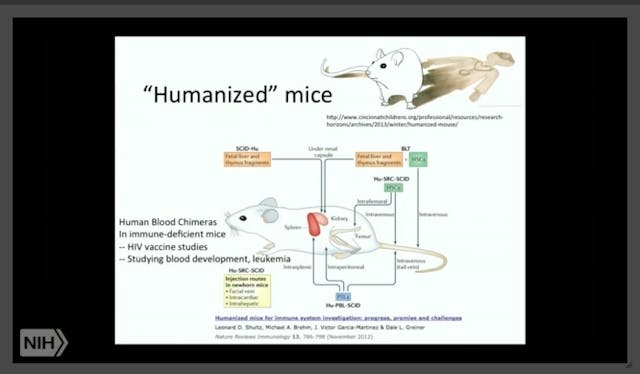
But Daley also admitted that even scientists had concerns about “the chimerizing of human cells with non-human primates over mice.” “[W]hat is the plausibility, with which a human cell would fundamentally change the nature of the animal host?” he asked.
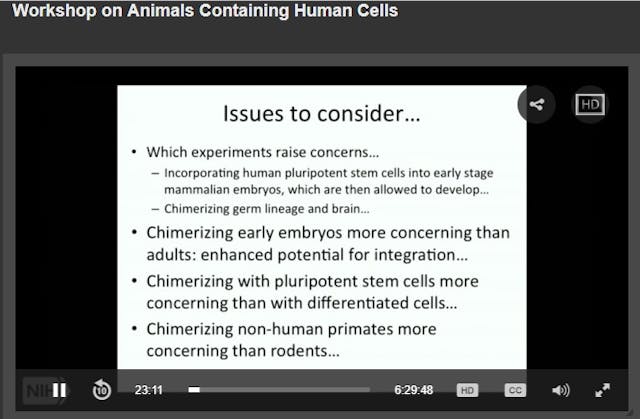
David Resnik from the Netherlands Institute of Health Sciences (NIHES) (6:06:16) pointed out that the “potential to humanize an animal’s brain” may cause the public to become uncomfortable, because “science moves fast… the specter of an intelligent mouse being stuck in a laboratory somewhere screaming ‘I want to get out’ can be very troubling to people… ”
“The public can change it’s mind just like that as we saw; the videos of… the abortion clinics… can have a tremendous impact on the public… “

In a January 2017 paper published in the journal Cell, scientists at the Salk Institute reported a breakthrough in “generating human cells and tissues in early-stage pig and cattle embryos” where they “[S]uccessfully implanted sows with those embryos”. Nature detailed how scientists “allowed the pig–human chimaeras to develop for three to four weeks before destroying them, according to ethics regulations”.
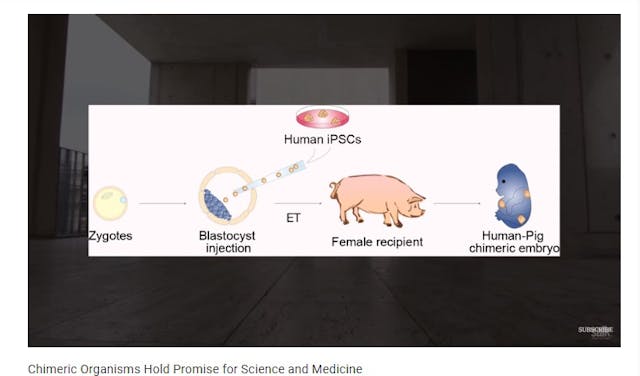
In 2011, media in the UK blew the lid on a secret program that created 150 human-animal hybrid embryos in British laboratories. According to a report in the Daily Mail, which explained, “This legalised the creation of a variety of hybrids, including an animal egg fertilised by a human sperm; ‘cybrids’, in which a human nucleus is implanted into an animal cell; and ‘chimeras’, in which human cells are mixed with animal embryos.”

In 2018, National Geographic reported the second successful human-animal hybrids: sheep embryos that are are 0.01-percent human by cell count.
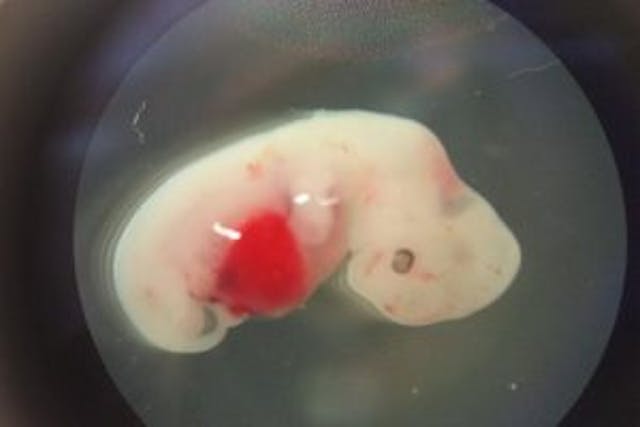
In 2016, Congressman Chris Smith introduced legislation to prohibit human/animal chimeras. The bill has essentially gone nowhere. In 2017, pro-life leaders asked the secretary of HHS for NIH to “withdraw the proposed changes to NIH guidelines which would allow funding for research which attempts to create human-animal chimeras… ”
To date, that has not happened.
Live Action News is pro-life news and commentary from a pro-life perspective.
Contact editor@liveaction.org for questions, corrections, or if you are seeking permission to reprint any Live Action News content.
Guest Articles: To submit a guest article to Live Action News, email editor@liveaction.org with an attached Word document of 800-1000 words. Please also attach any photos relevant to your submission if applicable. If your submission is accepted for publication, you will be notified within three weeks. Guest articles are not compensated (see our Open License Agreement). Thank you for your interest in Live Action News!

Nancy Flanders
·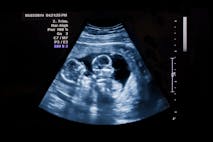
Analysis
Cassy Cooke
·
Analysis
Cassy Cooke
·
Analysis
Bridget Sielicki
·
Analysis
Cassy Cooke
·
Analysis
Cassy Cooke
·
Abortion Pill
Carole Novielli
·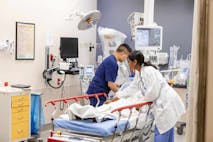
Abortion Pill
Carole Novielli
·
Investigative
Carole Novielli
·
Abortion Pill
Carole Novielli
·
Investigative
Carole Novielli
·